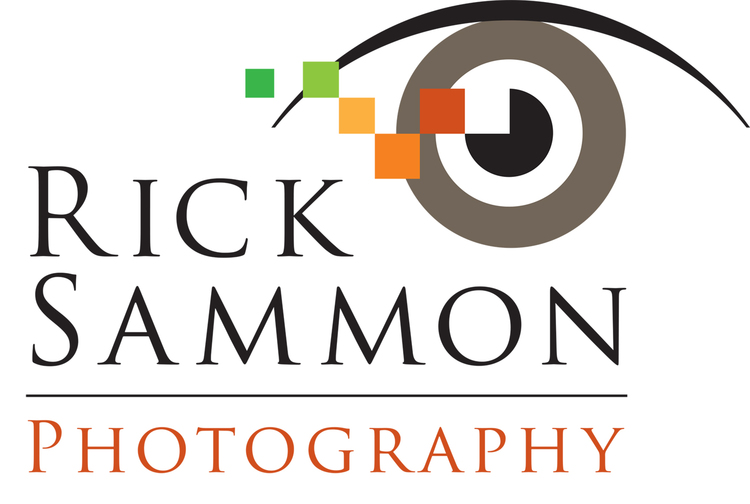
Hey, I know I have written about realistic vs. artistic HDR images here before. However, because this is a hot topic in the world of HDR, I thought I'd touch upon it once again.

Personally, I think the subject has a lot to do with your choice of realistic or artistic HDR. In this post, I am sharing only realistic HDR images, that is, images that look real without the "over cooked" effect - that some love and some hate.
These images originally appeared in my new book,
HDR Photography Secrets, which, by the way, has an artistic HDR image on the cover. (Actually, I did a poll here on the cover image before the book was published and folks liked the artistic image over the realistic.)
In the book I go a step further: I talk about when HDR is not a good idea. One example I give is a sunrise scene.

Sure, I like the artist HDR look, the kind of effect you get with
Topaz Adjust. But for these scenes, I thought the realist effect worked best.

Here's an idea: After you create a realistic HDR image, convert it to a B&W image using
Nik Software's Silver Efex Pro. Use this code upon checkout to get a 15% discount: RSAMMON.

Remember: When you remove some of the color from the scene, you remove some of the reality. When you remove some of the reality, your picture can become more artistic.

In my HDR book I talk about the enemies of HDR, one
potentially being subject movement. However, subject movement can be a good thing when it comes to moving water (and clouds)! In fact, the move movement (the slower the shutter speed) the better. Here I used a shutter speed of several seconds to blur the water.

Here are a few tips for creating HDR images in
Photomatix, the program I use:
- Do all of your work in Tone Compressor, not Detail Enhancer (which is great for creating artistic-looking images);
- If you do go to Detail Enhance, adjust the White Point and Black Point sliders first - making sure your highlights are not washed out and your shadows are not blocked up. In general, don't move the sliders too far to the right.
- If you see any chromatic aberrations, go back to your originals and remove them in Photoshop, Aperture or Lightroom.
You can get a 15% discount on
Photomatix if you use this code upon check out: ricksammon.
Speaking of books, my friend Trey Ratcliff has a wonderful HDR book -
A World in HDR. Check it out.
Okay, I am outta here - going to the Southwest tomorrow to shoot some HDR images - realistic, of course!
Explore the light,
Rick
